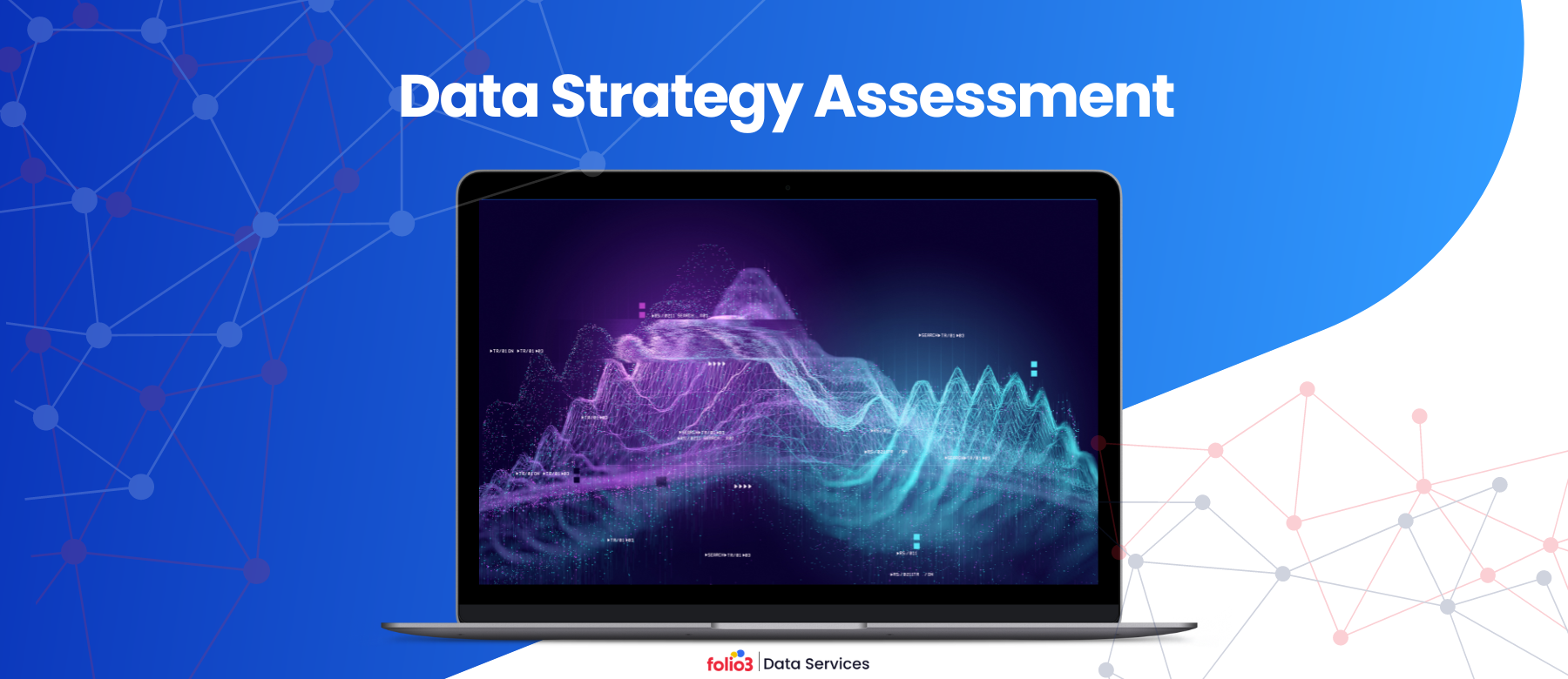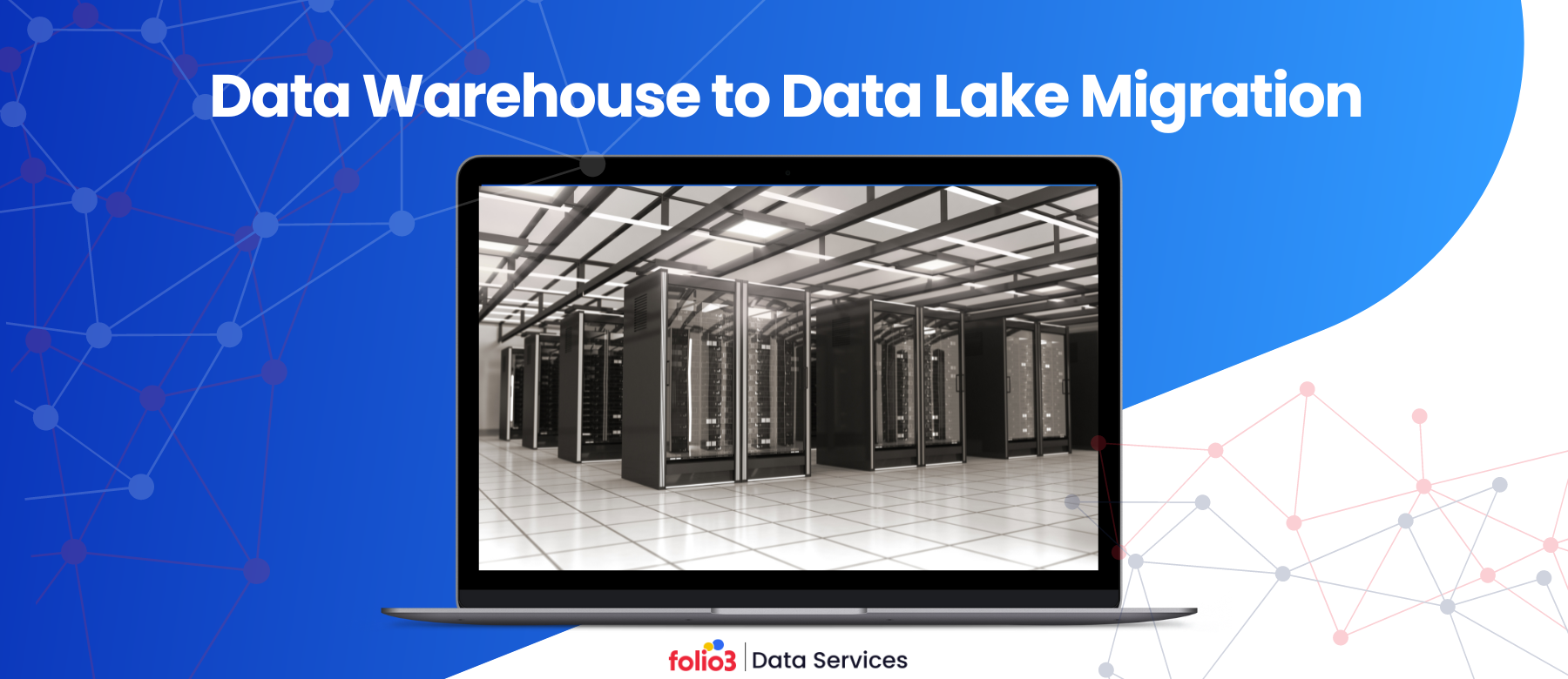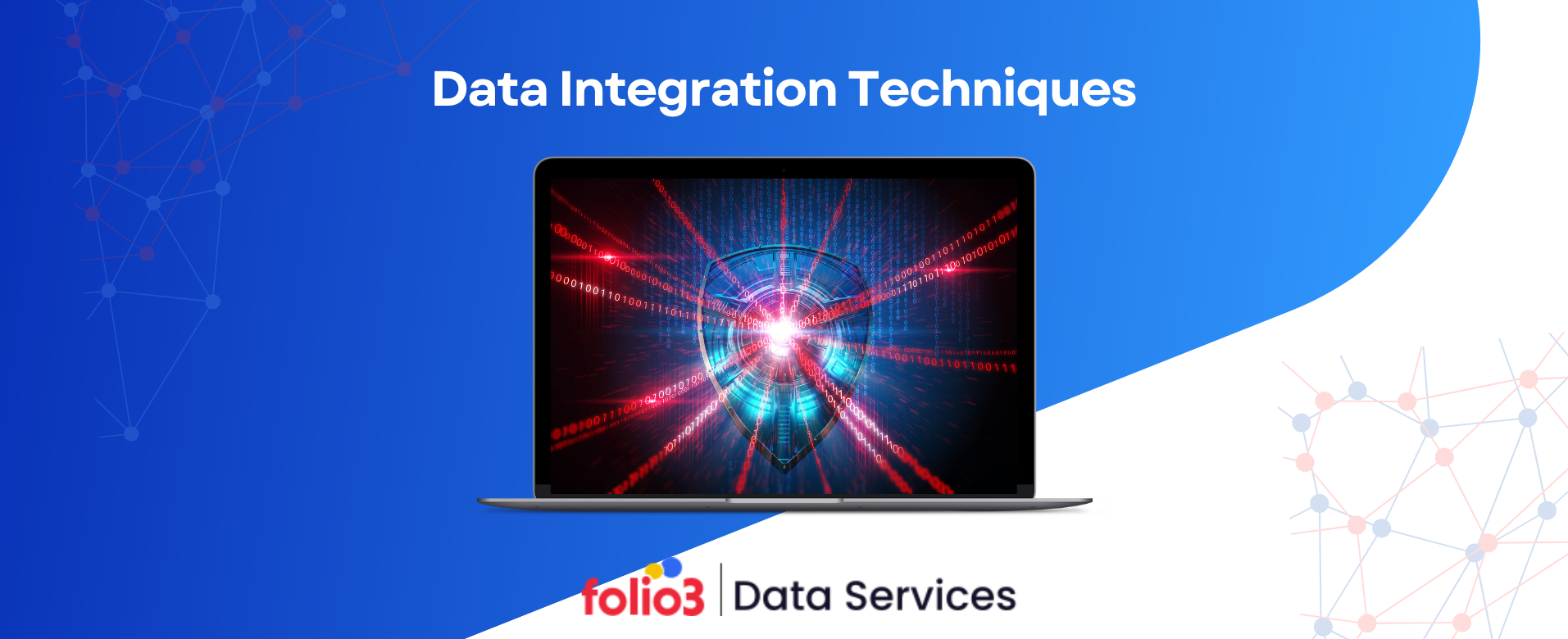Enterprises that effectively use their data gain insights to improve decision-making, enhance customer experiences, and drive business growth. However, building a successful data strategy requires more than just collecting data; it involves assessing the current state of data management and analytics within an organization.
This is where a data strategy assessment plays a key role. The assessment helps organizations evaluate their capabilities, identify gaps, and align their data initiatives with business objectives.
This blog will explain the concept of a data analysis assessment, its importance, the steps involved, and how it can serve as the foundation for long-term data success.
What is a Data Strategy Assessment?
A data strategy assessment systematically evaluates an organization’s current data environment, processes, and strategies. It helps determine how well the organization’s data capabilities support its business objectives and where improvements are needed.
This assessment focuses on data governance, infrastructure, quality, compliance, and culture. According to McKinsey reports, businesses using data-driven decision-making have a 23-fold increased chance of customer acquisition, a 6-fold increased chance of customer retention, and a 19-fold increased likelihood of profitability.
The ultimate goal of a assessment is to create a roadmap that guides the organization in optimizing its data usage, ensuring that it delivers actionable insights that support decision-making and long-term growth.
Why are Data Strategy Assessments Important?
Businesses increasingly recognize that their success hinges on using data effectively. Conducting a assessment provides a comprehensive overview of an organization’s current data environment, identifies areas for improvement, and aligns data initiatives with business objectives.
Here’s why businesses should prioritize this assessment:
1. Clear Snapshot of the Data Landscape
A enterprise analytics strategy assessment clearly understands an organization’s data landscape. It evaluates the existing data infrastructure, the quality of data available, and the processes in place for managing data.
This snapshot reveals gaps and inefficiencies that may hinder the organization’s ability to fully utilize its data. When these areas are identified, businesses can take targeted steps to optimize data management, ensuring they have the correct data at the right time to support critical decisions.
2. Fosters a Data-Driven Culture
One of the primary benefits of conducting a data strategy assessment is promoting a data-driven culture within the organization. As the evaluation identifies strengths and weaknesses, it fosters an understanding how data can be better utilized across the business.
Focus on data maturity and how well an organization uses data for decision-making. Businesses can empower teams to integrate data into everyday processes, encouraging data-driven thinking at all levels.
3. Identifies Weaknesses and Gaps
A thorough assessment exposes weaknesses in the organization’s data infrastructure, whether it’s data quality issues, inefficient management practices, or the presence of data silos. These gaps can impede effective data utilization and lead to missed opportunities.
For instance, poor data quality can result in inaccurate insights, while data silos restrict the flow of information between departments. Identify and address these weaknesses if your organization wants to improve data accuracy, accessibility, and efficiency.
Take the first step toward breaking down data silos. Contact us today to discover how we can help you create a unified data framework for seamless insights!
4. Improves Decision-Making
Data-driven decision-making is only effective if the data itself is reliable. A data assessment ensures that data used for analysis is accurate, consistent, and aligned with business needs.
Implementing best practices in data management, including data strategy consulting, can help businesses be more confident in the insights derived from their data. This confidence translates to better, more informed decisions that drive business success in marketing, operations, or product development.
5. Improves Competitiveness
A strong data strategy, including Snowflake Consulting, allows businesses to gain a competitive edge by enabling data-driven innovation, improving customer experiences, and responding quickly to market shifts.
Companies that use their data effectively can make faster, smarter decisions, adapt to changing customer needs, and develop innovative products or services. This way, businesses can set themselves apart from competitors and capture a more significant market share.
5 Steps to Conduct a Data Strategy Assessment
Conducting a assessment involves a comprehensive review of an organization’s current data environment and identifying areas for improvement. Here are the key steps involved:
Step 1: Understand Business Goals and Objectives
The first step is understanding the organization’s overarching business goals and how data can support those goals. This involves meeting with key stakeholders to define the outcomes they expect from data initiatives, whether enhancing customer experiences, improving operational efficiency, or driving innovation.
Step 2: Evaluate Existing Data Infrastructure
Next, assess the current data infrastructure, including data storage systems, analytics tools, and technology platforms. Determine whether the existing infrastructure can support the organization’s data needs and whether any bottlenecks or limitations must be addressed.
Step 3: Identify Gaps and Opportunities
This step involves analyzing the current state of data management and identifying gaps in data quality, governance, security, and accessibility. At the same time, look for opportunities to improve processes, such as using new technologies or automating data workflows to increase efficiency.
Step 4: Review Data Governance and Compliance
Data governance is crucial for ensuring data accuracy, security, and compliance with regulations. As part of the assessment, review the organization’s data governance policies, frameworks, and practices.
Ensure that data management has clear roles and responsibilities and that the organization complies with relevant industry regulations, such as GDPR or CCPA.
Step 5: Assess Data Culture and Literacy
The final step is to evaluate the organization’s data culture and its employees’ level of data literacy. A strong data-driven culture encourages teams to use data in their decision-making processes. Assess whether employees have access to the right tools and training to interpret and use data effectively.
How to Use a Data Strategy Assessment for a Long-Term Roadmap?
Once the data analysis assessment is complete, the insights gathered can be used to build a long-term roadmap for data success. Here’s how:
Prioritize Strategic Initiatives Based on Assessment Findings
The assessment will reveal various gaps and opportunities in the organization’s data capabilities. Prioritize these initiatives based on business impact, cost, and feasibility. For instance, if the assessment shows that data quality is a significant issue, addressing this should be a top priority.
Setting Short-, Mid-, and Long-Term Data Goals
Set clear data goals aligned with the organization’s overall business objectives. These should include short-term goals (e.g., improving data accuracy), mid-term goals (e.g., implementing a new data governance framework), and long-term goals (e.g., creating a fully integrated enterprise analytics strategy).
Defining Key Metrics for Progress and Success
Establish key performance indicators (KPIs) to measure the success of the data initiatives. These metrics could include data accuracy rates, data processing speed, or the percentage of data-driven decisions made within the organization. Regularly track progress against these metrics to ensure the data strategy is on track.
Aligning Technology Investments and Data Talent Needs
The assessment will highlight areas where new technology investments or additional data talent are needed. For example, investing in data quality management tools or hiring data engineers might be necessary to achieve long-term data goals. Ensure that these investments are aligned with the overall roadmap and data strategy.
Communicating the Roadmap Across Stakeholders
Once the roadmap is created, it’s essential to communicate it clearly to all relevant stakeholders, including executives, department heads, and the data team. Ensure that everyone understands the importance of the data initiatives and their role in executing the strategy.
Tools for Data Strategy Assessment
Organizations can use various tools and frameworks to conduct a thorough strategy assessment. Here are a few examples:
Data Maturity Models
Data maturity models, such as DAMA and TDWI, provide a framework for assessing the maturity of an organization’s data management practices. These models help organizations identify their current state in terms of data governance, quality, and analytics capabilities.
Automated Data Auditing Tools
Tools like Talend and Informatica can automate the process of auditing data, identifying data quality issues, and ensuring that the organization’s data is accurate and reliable.
Data Governance Platforms
Platforms like Collibra and Alation help manage data governance by providing a centralized place to define data policies, track data usage, and ensure compliance with regulations.
Data Quality Management Tools
Tools like Trifacta and Ataccama focus on improving data quality by identifying and resolving data accuracy, consistency, and completeness issues.
Final Words
A well-executed data strategy assessment is essential for organizations seeking to maximize their data’s full potential. A assessment becomes the foundation for a successful enterprise analytics strategy with the right tools and processes.
So, partner with Folio3 Data services , which can help you evaluate your business’ current capabilities, identify gaps, and create a roadmap for the future. Businesses can align their data initiatives with long-term goals, drive innovation, and stay competitive in a rapidly changing environment.





